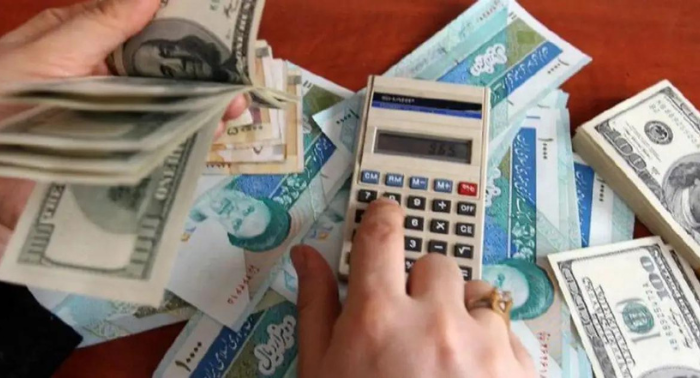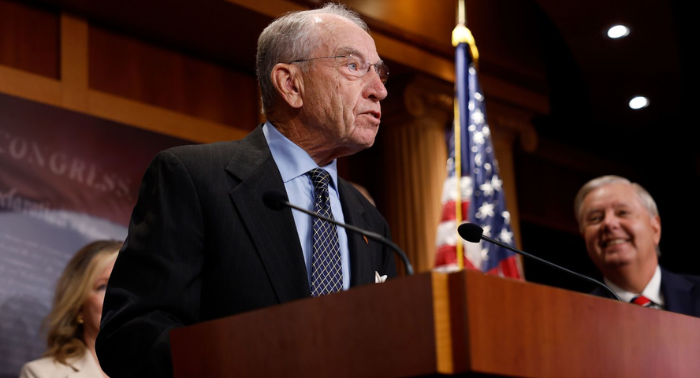As tensions in the Middle East have escalated over the past four months since an Iranian-backed terrorist attack by Hamas in southern Israel, Iran’s currency has reportedly tumbled by 17% against the U.S. dollar, and inflation has surged above 40%.
On October 6, the day before Hamas’ attack, the U.S. dollar was valued at 498,000 rials on Tehran’s free currency market, as reported by euronews.com on Monday. However, by Sunday, the day when Iranian-backed terrorists launched a drone attack in Jordan, killing three U.S. soldiers and injuring 34 others, the Iranian rial had fallen to 582,500 against the U.S. dollar.
Since 2018, when Donald Trump withdrew the U.S. from the Iran nuclear deal and imposed sanctions on Tehran’s oil exports and international banking, the Iranian currency has plummeted roughly 13-fold, according to International Iran, a Persian-language TV network in London that caters to Iranian viewers.
Iran International also reported that on Tehran’s free currency market, the British pound was exchanged for 714,200 rials, while one euro fetched 610,000 rials. These rates, despite some official exchange rates, reflect the real value of the rial against foreign currencies.
The Central Bank of Iran has stated that it does not accept the exchange rate of the free market, as per Euronews. The Central Bank regards the rate set by the Iran Center for Exchange as official, which has risen by 4.1% since October 6, reaching 429,210 rials to the dollar.
The fear of a potential conflict with the U.S. has also affected the Tehran Stock Exchange, whose index (TEDPIX) had lost around 1% by early Monday afternoon and more than 4% in the past 40 days, as reported by Euronews.
The devaluation of the rial indicates further inflationary pressures in the coming months, as per Iran International. With an economy where inflation outpaces salary adjustments and workers earn an average of less than $200 per month, the challenges are magnified. Iran’s inflation rate reached as high as 55.5% in April, according to Trading Economics, and stood at 40.2% in December. These economic strains have led to strikes and protests, including those on oil and gas production platforms and refineries.
Iran’s leading economic newspaper, Donya-e-Eqtesad, reported that the potential return of Donald Trump to the White House is a factor contributing to the rise of foreign currencies and the price of gold, according to Iran International. The paper also cited regional instabilities, particularly in the Red Sea, as factors fueling economic insecurity among Iranian investors.
Last week, the devaluation of the rial intensified following Iran’s ballistic missile strikes on targets in Iraq and Pakistan. Tensions were already heightened due to Iranian-backed Houthi rebels’ attacks on U.S. Navy and commercial vessels in the Red Sea.




